A devoted mother of three, Stohl’s work has often centered around her kids and her 2015 book Charth Vader was an unexpected viral hit that documented the adventures of her youngest son, Charlie, who is both visually impared and obsessed with Darth Vader. For years, Charlie’s beloved Darth Vader mask accompanied him everywhere and the photos Stohl shot of young Charlie during those years have a relatability, charm, and sense of humor to them that not only indoctrinate the viewer into Charlie’s struggles and frustrations as “a little guy in a big world,” but offer a beautiful window into Stohl’s own gaze as a mother. While the humor and the absurdity that characterize Stohl’s photos of Charlie’s Sith Lord alter ego is front-and-center, it’s how brilliantly she extracts her son’s personality from behind the mask that’s most remarkable.
In addition to photographing her kids with Charth Vader and Days and Years (which is a series of portraits that chronicles the final years all three of her children lived at home), Stohl has turned her lens to skate culture. Stohl’s photos of skate culture, which are collected in the books Skate or Die and ¡Patina O Muerte!, provide a uniquely alternative, outsider’s view of the skateboarding scenes of Venice Beach, California and Havana, Cuba – which aren’t as different as you might expect. Stohl’s photos of those respective scenes are unlike traditional skate photography in that while they capture people and movement, they’re not hyper-focused on specific angles of tricks or the cliche’ dramatic action shots “clubhouse” skate photographers tend to go after. These photos both offer a decidedly understated (yet enthralling) look at an extreme sport that’s unexpected and immensely refreshing.
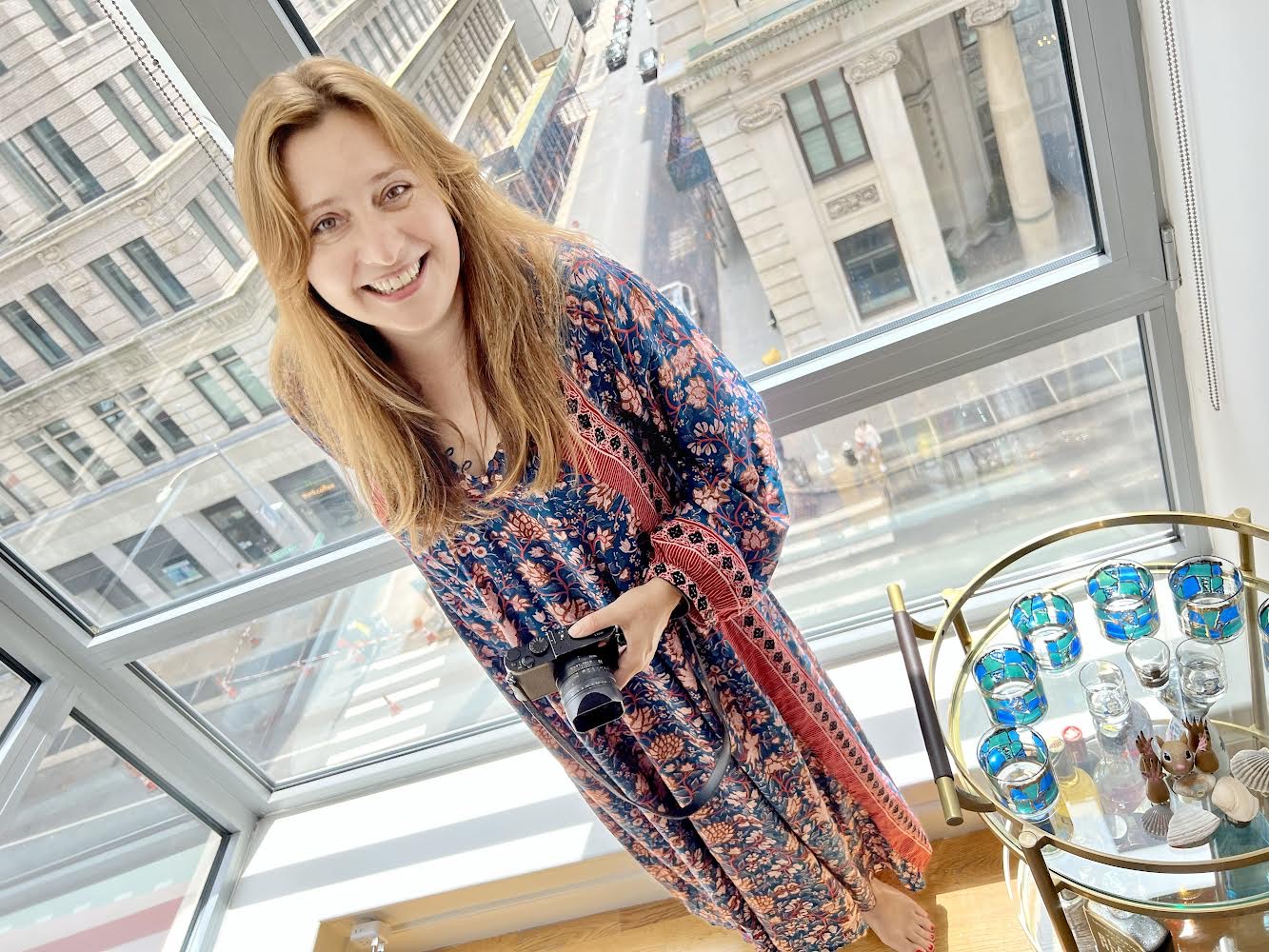
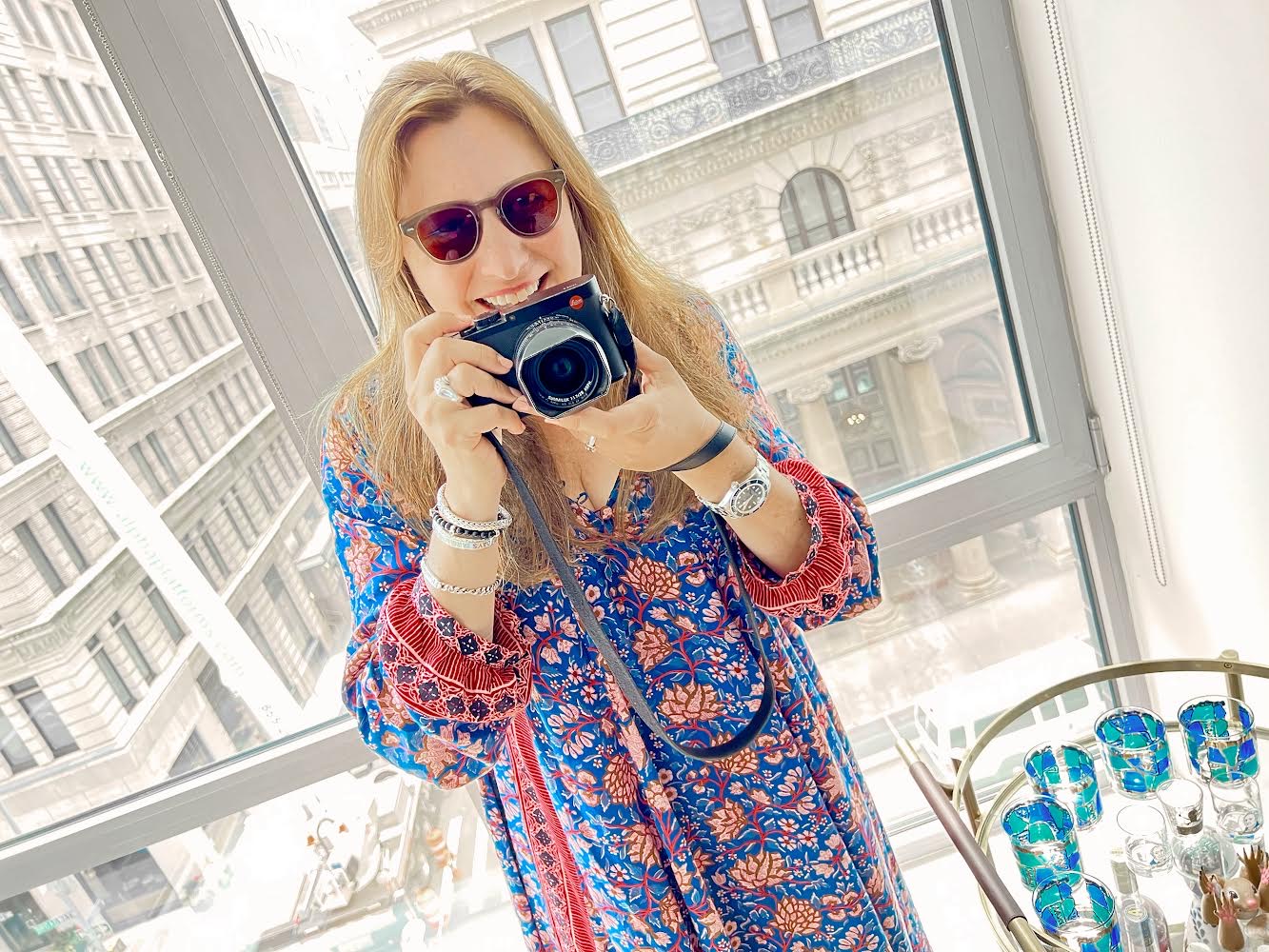
Beyond her fabulous photography, Stohl has worked for NASA as a web-designer in the early days of the internet, is a watch collector, and is an increasingly prolific publisher of photo books through the company she co-founded with legendary photographer David J. Carol, Peanut Press. With Peanut Press, Stohl and Carol have made it their mission to produce photo books that are crafted with care, crafted to provide the work of great photographers with a great tactile experience, and crafted to complement the work they’re presenting in a way that’s sadly uncommon in the digital age. It’s a passion project for the duo of photographers and a space for them to foster the creative gifts of other photographers that they dig. And it’s a company well-aligned with C + T’s ethos as we believe that in an increasingly disposable world, things made with that kind of care and attention to detail that Peanut Press puts into their releases is more important than ever.
In the following interview, Ashly Stohl gets deep on her unexpected background and point of entry into photography, her philosophies as a photographer, publisher, lifelong student of design, and discusses her design-first, “freestyle” approach to watch collecting.
I love your backstory and how photography was your escape and turned into something greater for you in such an organic way.
I never set out to be a photographer; I graduated college, had a career in web design and then I decided to be a stay at home mom.
I would go on trips and I would take pictures every day and come back and look through them. Somehow, photography became a regular part of my life. At one point I went on an artist’s retreat in Southern Italy, which felt like a bit of a scam. You’re in Southern Italy and you’re just hanging out, and I didn’t quite get it, but what it does is it gives you the kind of mental space to be creative; you’re not checking your mail, you’re not paying bills, you’re not driving the kids places. You’re just hanging out and talking to other creative people who are in different disciplines, are different ages, have different backgrounds. Everyone there took me a little more seriously than I took myself, so when I came home, I said “I’m going to treat learning about photography like it’s my job” because I have to have a thing that’s for me.
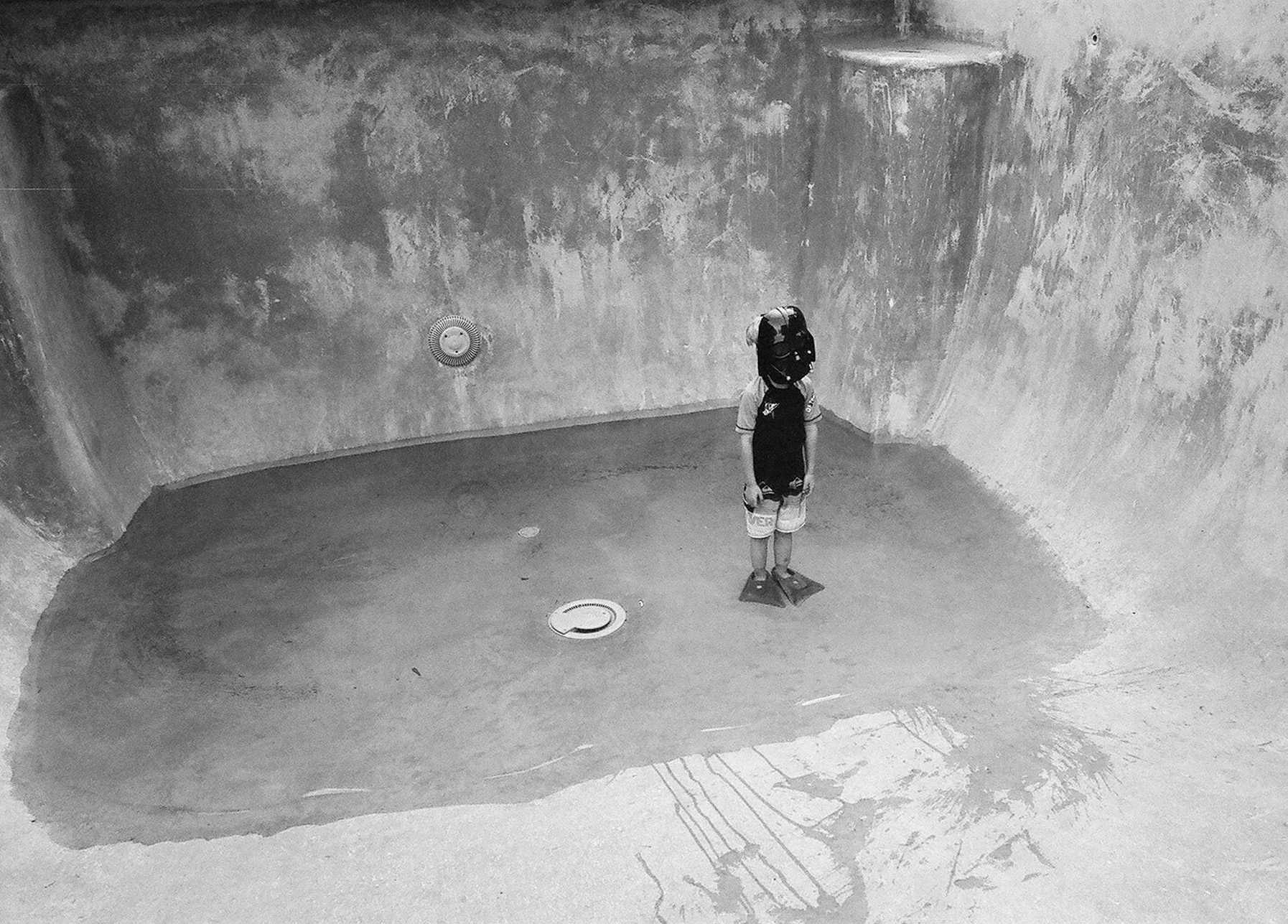
It sounds like it was a very natural path for you.
You know, it took me a long time to be able to detach from being strictly a stay-at-home mom. I wanted to raise my kids the best I could, but I think in the US, there’s this weird fetishization of the stay-at-home mom – like that’s all you should be. I had to convince myself that it was okay for my kids for me to have something that was mine, about me, and for me. Now I think maybe the best lesson I could have taught them was to see a woman owning a business, pursuing something, allocating time for herself while saying “I’m gonna go away this weekend to do this thing for myself. Your dad can handle it.”
Having a family brought you to photography when you needed an outlet, but they’ve also been your primary subjects. I see a maternal gaze in a lot of your photos – even when you’re capturing skateboarders in Cuba. If you had to define your style as a photographer, could you?
I don’t know if I could. My style is very heavily influenced by family snapshots; we had a million family photo albums and I would look through those over and over and over. My uncle was a hobbyist photographer and took a lot of black and white family snapshots in the ‘60s and ‘70s and that look is deeply ingrained in my brain. For me, photography doesn’t need to be more than that; it doesn’t need to be conceptual or academic, it just has to be interesting to look at and it has to have some kind of feeling.

Do you think good photography needs to move people universally?
Yeah, and it’s surprising what work does that. When I did the Charth Vader book about my son who’s visually impaired, I didn’t realize how much that would click with people. I think it’s because it’s about feeling little and powerless – which is how everyone feels when they’re young. But in my mind, I was just talking about my son with those photos. So while I don’t know if I have a defined style, what I do like to talk about with my photos is intimacy – things, places, and people that are important to me. That’s what I can get excited to take pictures of.
I don’t think you’ve ever seen any of your color photos published.
I get distracted by color, so for me, color photographs are often more about the colors than anything and that can be distracting from a mood or feeling. For me, black and white is better at conveying a feeling or a mood clearly.
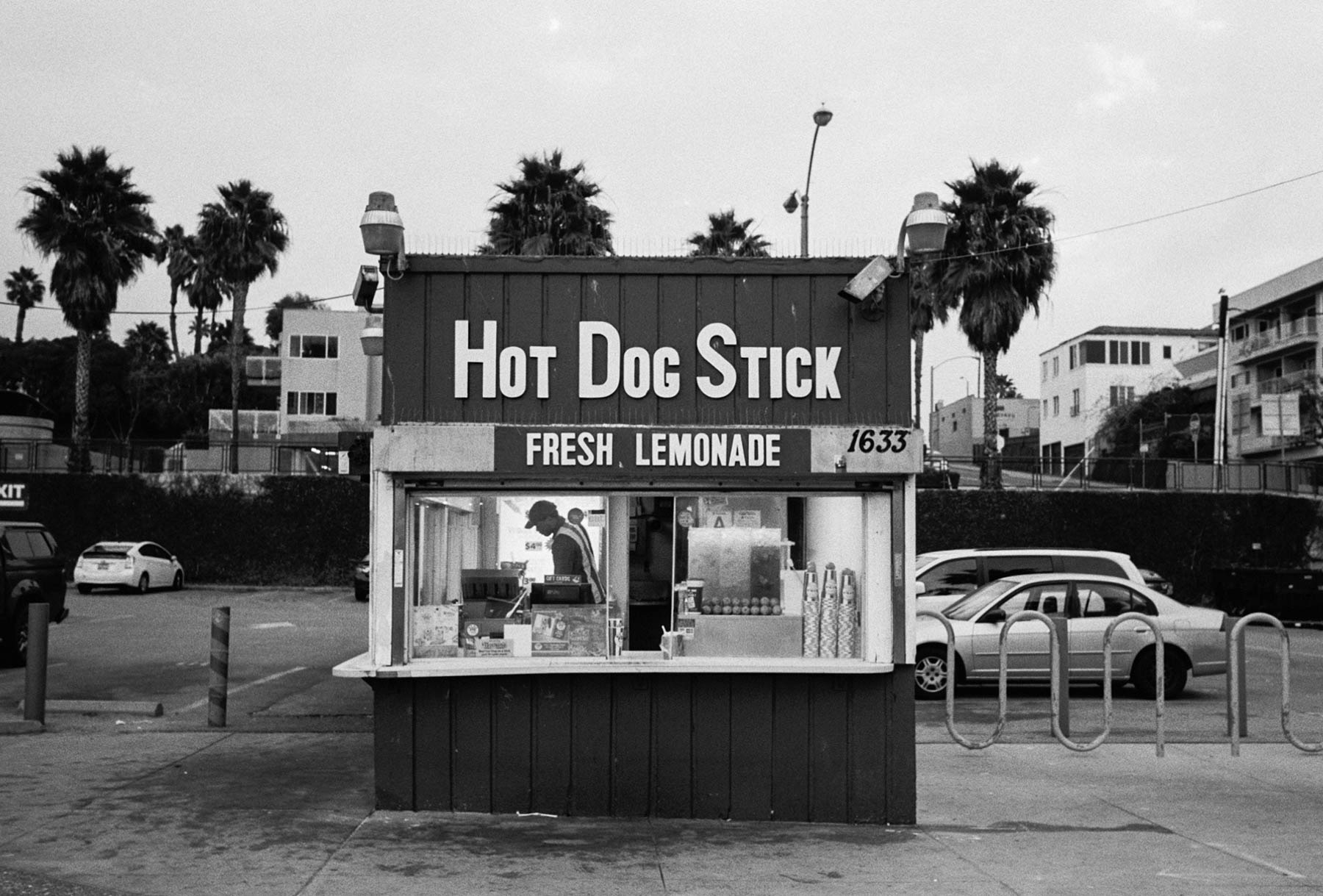
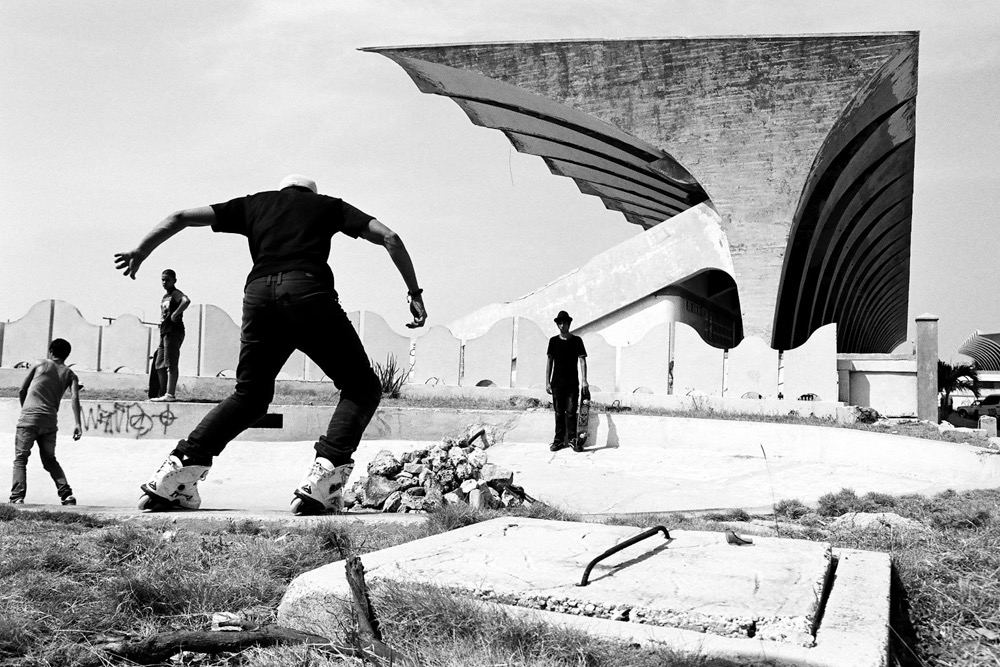
Does that also have something to do with the look of those old family photo albums?
I’m sure! I have the worst case of nostalgia and I judge myself a little bit for it. Look, I love watches from what was basically my childhood! I was born in ‘72 and in the ‘70s, everything from the ‘60s was still around and being used. So that period of design is what I grew up with. So much of my work is taking pictures of my kids so I can capture them while they’re in a particular phase. And I’m taking pictures right now of Los Angeles – which is where I grew up – and the places that were important to me growing up that are rapidly disappearing. I’m photographing my personal landmarks and my version of what Los Angeles is, and if you look at some of these photos, they look like LA in the ‘70s…if I’m successful. I’m not trying to hide modern day things; they creep into photos, but that makes it interesting. I love when people have to question whether or not it’s an old photo. “Oh no, wait – there’s a cell phone.”
Photographing your kids as a mother of three is undoubtedly very complicated. What are the challenges that come with that?
It’s a balancing act. They don’t always want to be photographed and I’ve tried to respect that. I’m not a journalist and this isn’t an assignment; I’m a mother first before I’m a photographer. So if they need me, they’re crying, they’re bleeding, I’m not gonna take the photograph first. I don’t wanna traumatize them with this. I’m not saying that I’ve never taken a photograph that they were annoyed about, but I try to be respectful to them as people as you would with any subject.
I was a camera shy kid – I always made a face or did something to screw up the picture. You would’ve driven me nuts!
My son Charlie is 13 now. With Charth Vader, he loved it at the beginning, then he sort of had to be bribed to be photographed and he would do anything for a crispy $1 bill – like brand new, unfolded from the bank. By the time we were finishing the book, he was kind of over it. When I had a show in New York with all the work about my family, I was really surprised at how much they just loved seeing themselves on the walls of a gallery.
My book Days and Years wrapped up right as my daughter went to college, so it was kind of the end of the era of having all three kids at home. I’m still taking pictures now, but at a less frantic pace. It’s interesting how the change in the family dynamic has changed how often I photograph them. I still do the standard family stuff that they’ll want to remember, but I’m less driven because it feels wrapped up as a project now; it’s for my own entertainment now.
I imagine you get some really interesting stuff now that the pressure is off. The fact that it’s become more about play and you’re free in that sense must be huge.
You have to have some mental space for good photography; you can’t be trying to get other things done. I was talking to Victoria Will – who’s an amazing photographer and one of the people we’ve published – about having space to be creative, and she has kids. She was saying to me she carves out time specifically for herself to be a creative person, to go see a movie, to take a walk and let her brain relax, to take in something new. You have to have some creative input, too. You have to be inspired by things and see new things to want to go take pictures – both of which take time.
The internet has drastically changed people’s need to experience the world in that way and I think that’s why a lot of today’s art is either extremely forgettable or desperately trying to challenge people.
If making your art makes you happy, great! Good for you. That’s valid. But it’s important for a lot of artists – including me – to connect with other people over their art. I’m not gonna say that it doesn’t feel good when people respond to the photographs I take, or that they see something in them that they relate to or they find some humor in them.
I think there’s a lot of photographers that don’t want to admit that having other people enjoy their work is important. I’m not taking photographs for other people, but I do like when they spark something in someone else or when someone relates to it or appreciates it.

You’re a publisher as well and you and David J. Carol have put out some wonderful photo books through your company Peanut Press. What do you look for in a photographer’s work that makes them right for Peanut Press?
Honestly, it’s just that I like it! There’s no magic, there’s no specific genre or style of photography that we like. We have a deal that since there are just two of us in the company, we both get a vote and it needs both votes to get published. Our criteria is that we have to like the work, we have to like the human being that made the work, and we have to know that we can get through the working process and still be friends at the end, because none of this is worth losing friendships over.
We started Peanut Press because I wanted to make the Charth Vader book and I asked David to help me self-publish it because I knew exactly what I wanted it to look like. We had so much fun doing it and I have so many friends that have spent a ton of money publishing books and not been happy with the end result. So we wanted to show our friends that it could be done in a way that’s fun and a good experience, and can get you a book that complements the photographs and is something you want to show off to people.
People started asking us how we made that book – I think partially because it went viral. I can’t tell you how to make a thing go viral, and I certainly wasn’t expecting that for Charth Vader or I would’ve printed more copies! People are emotional about design. People have strong feelings about colors and fonts and things that they might not tell you upfront. So we want to work with people that trust us and trust the design that we bring to this process.

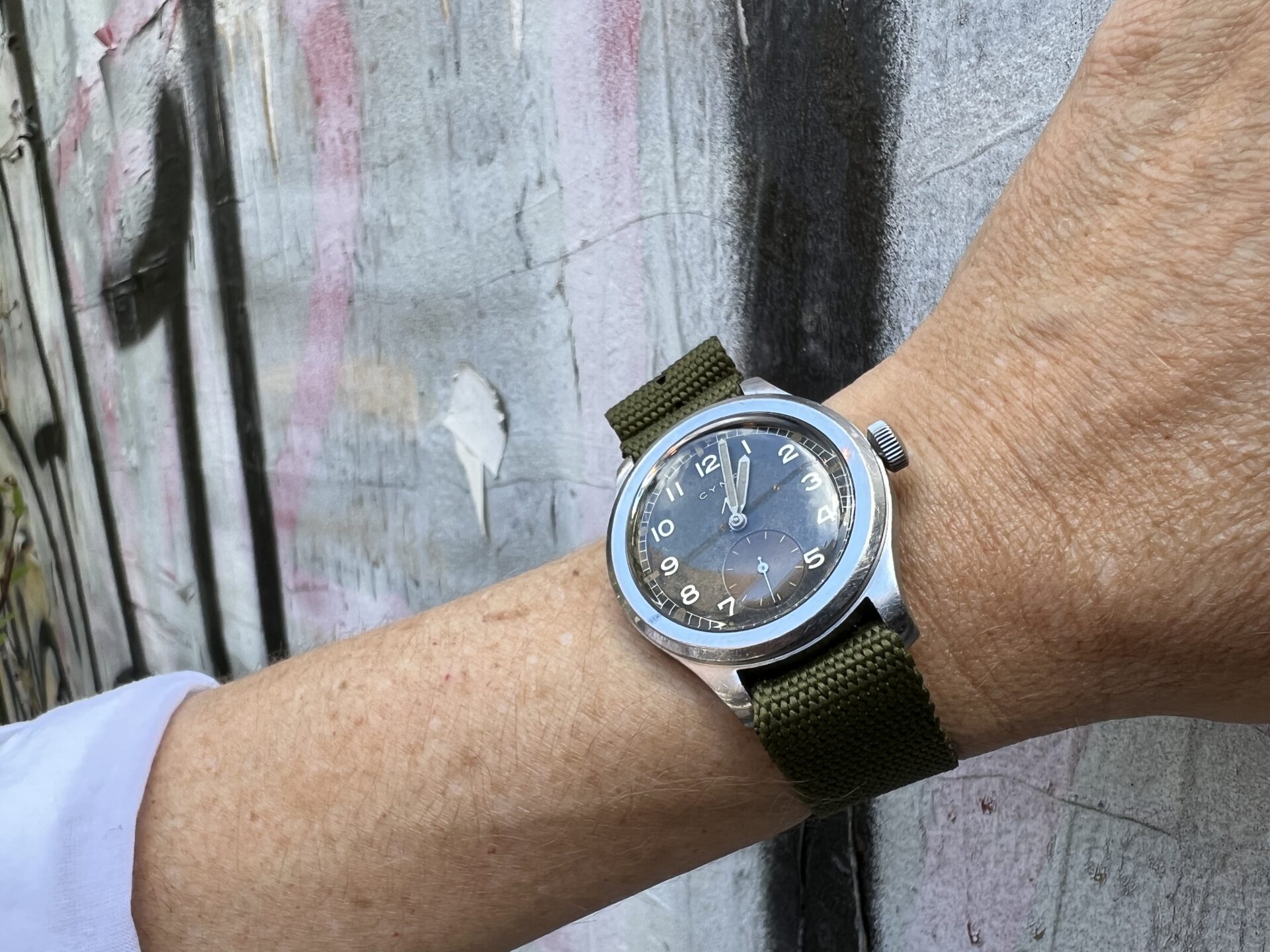
You had said to me at one point that all photographers are collectors. Can you expand on that?
Every photographer that I know has collections of something outside of photography. Taking pictures is a kind of collecting, but literally every photographer I know either collects cameras or collects random things from traveling, or something! It’s a personality type. They’re a nostalgic type and I think that’s why there’s this simpatico thing between watch guys and photographers. I think it’s more than just the appreciation of small machines.

That’s a perfect segue. How did you get into watch collecting? What was the first piece and how did it snowball from there?
I have a bunch of friends who are into watches and I never liked a watch enough to justify the price. My friend had a JLC moonphase in gold and I fell in love with it. I asked her if I could copy her watch and she gave me her blessing, so I got it in steel and that was the first watch I ever really invested in for myself. I love it and I still wear it all the time; I never set the month or the day because it takes too long and I can’t really see it without my reading glasses anyway.
What’s most intoxicating about a watch to you? What’s your point of entry?
Design. It’s purely design. Everything to me is about design. You’ve seen my house, I designed and built that. Photography and books are design, and I used to do graphic design and web design, so everything in the world is about design to me. When I look at a watch and it really speaks to me, it’s because I think it has good design. Knowing the history of it and knowing something deeper about it is just how you justify the price sometimes. But I can’t do reference numbers and I never will. I have no interest.
Let’s get more granular than that. As someone with a developed sense of aesthetics, what makes a watch special to you?
There’s the watch itself and then there’s the person that I picture wearing it. I have a thing for 1960s watches and I have a very specific guy in my head that would wear those watches. It’s a character that worked at NASA’s Jet Propulsion Lab in the ‘60s and had a crew cut and horn-rimmed glasses and wore a white short sleeve button down shirt, and he wore a specific watch that makes sense for a 1960s, space race kind of guy. Maybe it’s an Omega Speedmaster because those are what went to the moon. So after the design itself, I like to be able to picture who would wear a certain watch.
Another example is I have a late ’50s gold Rolex Datejust that I bought from Cam [Barr, Craft + Tailored CEO] that’s on an Hermes leather strap. That strap is the softest, most delicious thing ever and I never thought that I would wear a gold Rolex, but there’s something so ‘80s about it. Have you seen “The Facts of Life?” This would’ve been Blair Warner’s watch in my mind. I wear that watch all the time because it’s luxurious, but not flashy — and it goes with jeans.

You actually worked for NASA yourself once, so that makes perfect sense to me.
Yeah! So after college, I got a job designing websites for JPL’s Mars Missions and for the Mars Program Office. This was around 1995, so not everyone was deep on using computers yet, but I knew a lot of it from being a science major in college, and that allowed me to figure out web design pretty easily. NASA/JPL liked that I understood the content that I was working with as a science major. It was really fun; I got embedded with a team that was building one of the instruments for a lander that sadly crashed into Mars. There are grad students that now have to be in school for like 3 more years because of that incident
Do you have a specific watch that connects you with NASA and space exploration?
I really love a lot of the design language from the ‘60s and ‘70s and I connect space exploration with that, but I don’t know that I’ve found that one yet. When I buy a watch, I don’t go in with an agenda, so I haven’t looked for something like that specifically. I try to stay open-minded so when I see something, I can go “Oh, that’s really interesting and unexpected!” When you go shopping for some really specific piece of clothing, like when I’ve said “I’m gonna find the perfect little black dress,” you’re almost guaranteed not to find it. But when you go in open minded, you’ll usually find something interesting.
What do you really enjoy most in a watch?
Honestly, I change everyday depending on what I’m wearing. I have a ’68 Omega Seamaster Chronograph that I love so much, I would take it over a Rolex Daytona any day. All the Daytona means to me is I can afford a Daytona. However, there is one thing I like about Zenith Daytonas – and this is hyper-specific design stuff – but the font on the bezel of some of them looks like an old timey scale. Like the scale at Russ & Daughters.
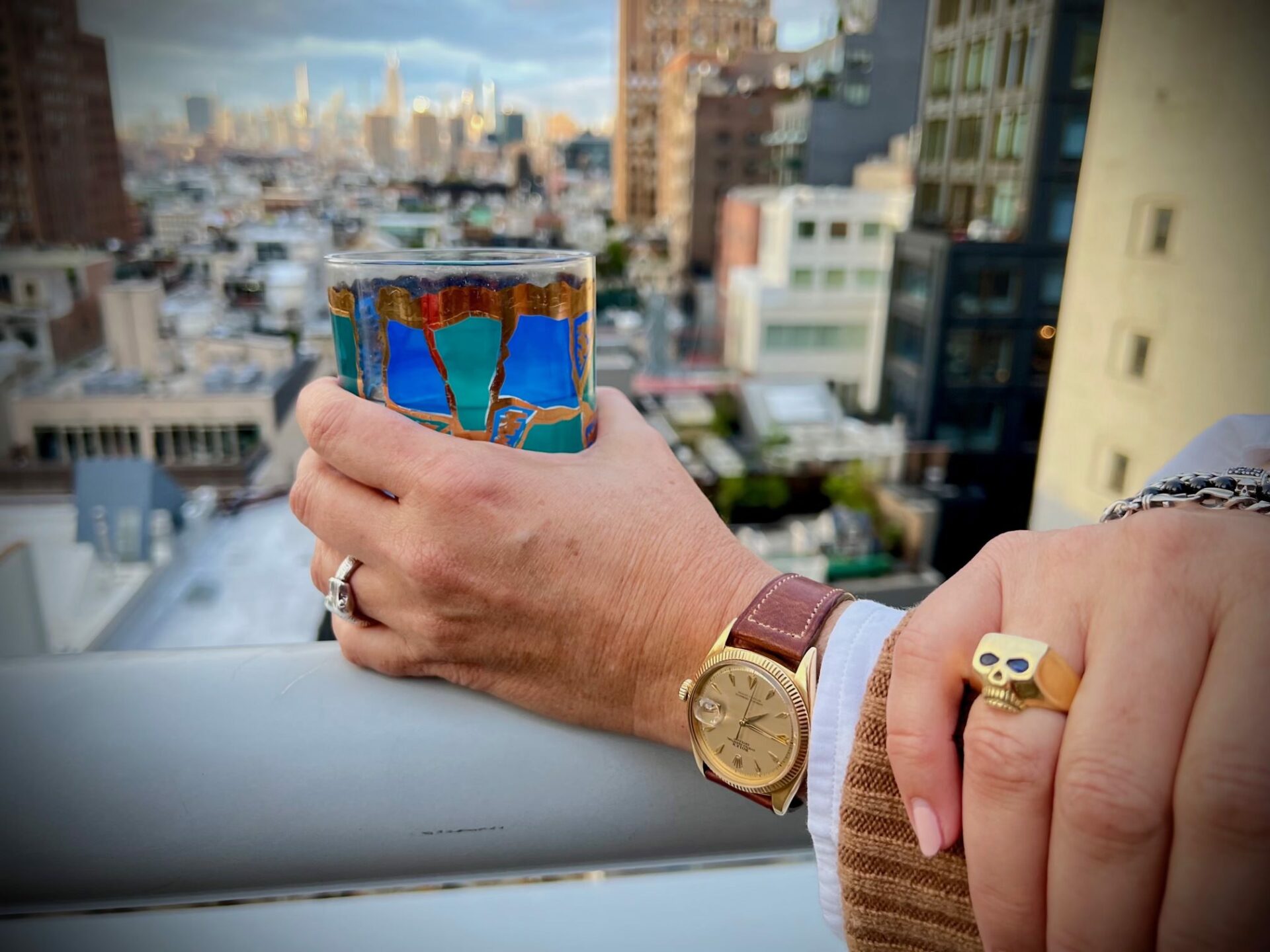
What are the three in your collection that you wear the most?
What I wear the most right now is a ’68/’69 Rolex GMT that I jokingly call “Razzle Dazzle” because the “Pepsi” colors of the insert have faded to a beautiful fuchsia. I wear the original JLC with the moonphase a lot, and I have a Tudor Black Bay that is a “knock-around” watch because it’s modern, so I don’t worry about it as much as my vintage watches. If I’m going on an airplane and banging around luggage or whatever, it’s nice to have something sturdy and less precious like that. You don’t want to drive a vintage car all the time for a reason, sometimes you just need your SUV. And I also wear the gold Rolex Datejust a lot; I had a gold skull ring made by my friend Alf Abrizio to match it. I love that the indices are kind of art deco.
How did “Razzle Dazzle” come into your life? Is that one that we sourced?
Cam posted it on the C + T Instagram, and I texted him immediately! He brought it over, sized for my wrist, and told me I could try it out for a few days. I think he knew he wasn’t getting it back. I love it because it’s a casual watch — which works for me because I’m a jeans and a t-shirt person. I don’t want anything too flashy. Even though this GMT is unique, it’s still low key. The only people who have ever commented on it are watch collectors; if you know you know!
Visit Ashly Stohl’s website at ashlystohl.com and on Instagram at @ashlyleostohl
Visit Peanut Press at peanutpressbooks.com
Photography by David J. Carol (@davidjcarol on Instagram), black and white photos by Ashly Stohl.

Check out 'Reference Tracks' our Spotify playlist. We’ll take you through what’s been spinning on the black circle at the C + T offices.

Never miss a watch. Get push notifications for new items and content as well as exclusive access to app only product launches.
Sign up for our newsletter to receive updates and exclusive offers